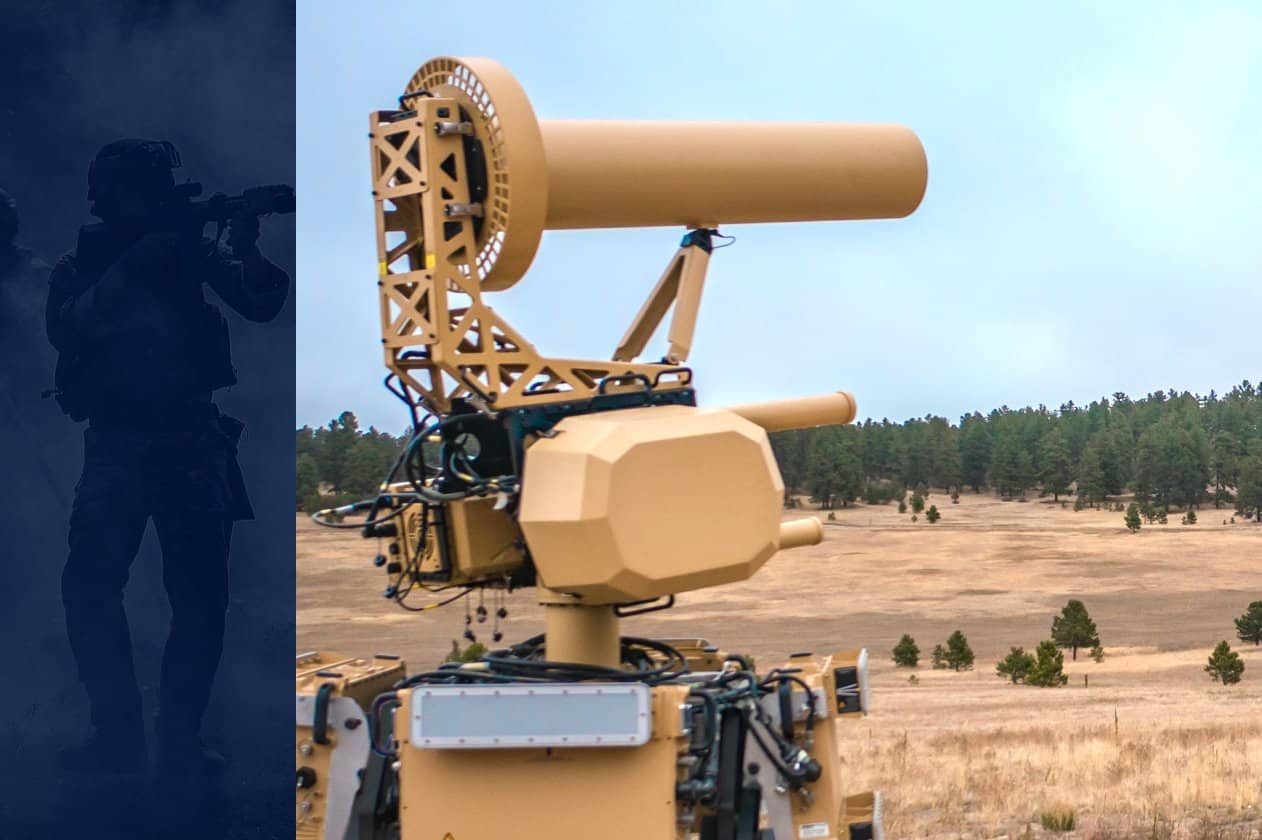
The Initiative Goals to Enhance Power Safety by Addressing Threats from Small Uncrewed Aerial Programs
The Pentagon’s Replicator program is shifting its focus to a urgent concern for contemporary warfare: countering small uncrewed aerial methods (C-sUAS). Based on current bulletins from Division of Protection (DoD) management, the second part of the Replicator initiative, often known as Replicator 2, will sort out the rising risk posed by hostile drones. This transfer comes after a number of months of evaluation to find out the following precedence for the fast fielding program, with plans to request funding within the fiscal 2026 funds.
Addressing a Rising Menace
In a memorandum launched to senior Pentagon leaders, Protection Secretary Lloyd Austin emphasised that countering the risk posed by small drones is crucial for shielding key U.S. army installations. “Replicator 2 will sort out the warfighter precedence of countering the risk posed by small uncrewed aerial methods to our most important installations and drive concentrations,” Austin acknowledged. He added that he expects “meaningfully improved C-sUAS safety to crucial property inside 24 months of Congress approving funding.”
The choice to concentrate on C-sUAS follows a radical evaluate of operational wants and rising threats. Current conflicts, together with these in Ukraine and the Center East, have highlighted the growing use of drones by hostile forces. Based on a June 13 report from the Protection Intelligence Company, 65 nations and 29 main vitality and delivery corporations have needed to change their operations on account of assaults involving drones, uncrewed floor vessels, and different weapons.
Constructing on Ongoing Efforts
Replicator 2 will leverage the work already underway within the DoD’s ongoing counter-drone packages. Led by the Protection Innovation Unit (DIU), the initiative will construct upon current applied sciences aimed toward countering small drones, reminiscent of digital warfare methods and kinetic weapons. These efforts are anticipated to hurry up the deployment of C-sUAS options, permitting the U.S. army to discipline these capabilities sooner and in bigger numbers.
Austin emphasised that Replicator 2 will assist tackle varied challenges on this space, together with “manufacturing capability, know-how innovation, authorities, insurance policies, open system structure and system integration, and drive construction.” The initiative will contain shut collaboration between DIU, the army providers, and key leaders within the Pentagon, such because the Underneath Secretary of Protection for Acquisition and Sustainment, who serves because the division’s C-sUAS principal employees assistant.
The Street Forward
Whereas the main target of Replicator 2 is new, it follows the framework established by Replicator 1, which centered on delivering low-cost, attritable drones to the army. Deputy Protection Secretary Kathleen Hicks, who has championed the Replicator initiative, defined that this system’s purpose is to create a sooner, extra versatile acquisition pathway for high-need capabilities. Replicator 1, for instance, goals to offer 1000’s of drones by subsequent summer season, with a complete of $1 billion allotted for fiscal years 2024 and 2025.
Replicator 2’s concentrate on C-sUAS is a response to the quick operational calls for confronted by the U.S. army. As Hicks famous in an earlier interview with Defense News, “we have to defend in opposition to rising threats posed by enemy drones.” The Pentagon’s layered strategy to protection in opposition to drones will make sure that a variety of capabilities are developed and deployed, offering complete safety to U.S. forces.
The Pentagon’s Replicator 2 initiative is poised to considerably improve the U.S. army’s potential to counter the rising risk of small uncrewed aerial methods. With a transparent plan to discipline improved C-sUAS capabilities inside 24 months of receiving congressional approval, the initiative represents a significant step ahead in drive safety efforts. By leveraging current applied sciences and accelerating improvement timelines, the Replicator program goals to make sure the U.S. stays ready to counter the evolving risk panorama.
Learn extra:
Miriam McNabb is the Editor-in-Chief of DRONELIFE and CEO of JobForDrones, an expert drone providers market, and a fascinated observer of the rising drone trade and the regulatory surroundings for drones. Miriam has penned over 3,000 articles targeted on the industrial drone house and is a global speaker and acknowledged determine within the trade. Miriam has a level from the College of Chicago and over 20 years of expertise in excessive tech gross sales and advertising for brand new applied sciences.
For drone trade consulting or writing, Email Miriam.
TWITTER:@spaldingbarker
Subscribe to DroneLife here.
Trending Merchandise











